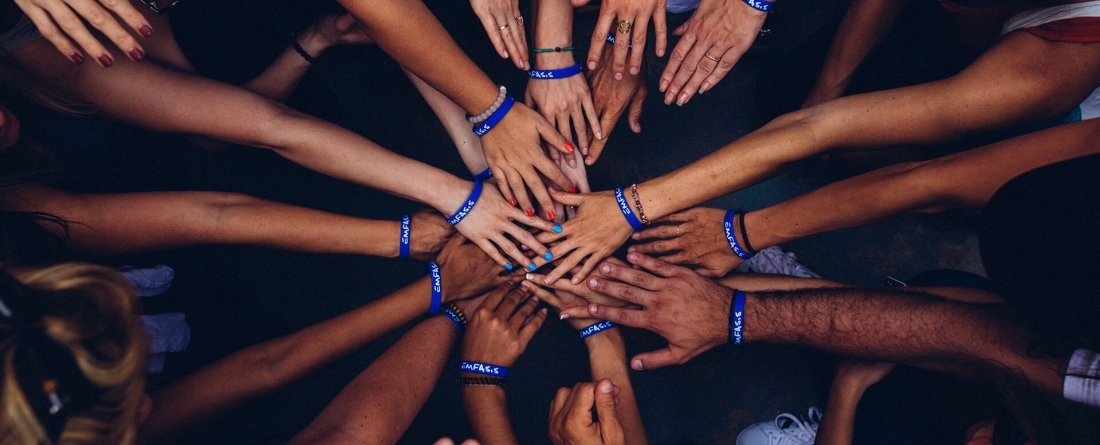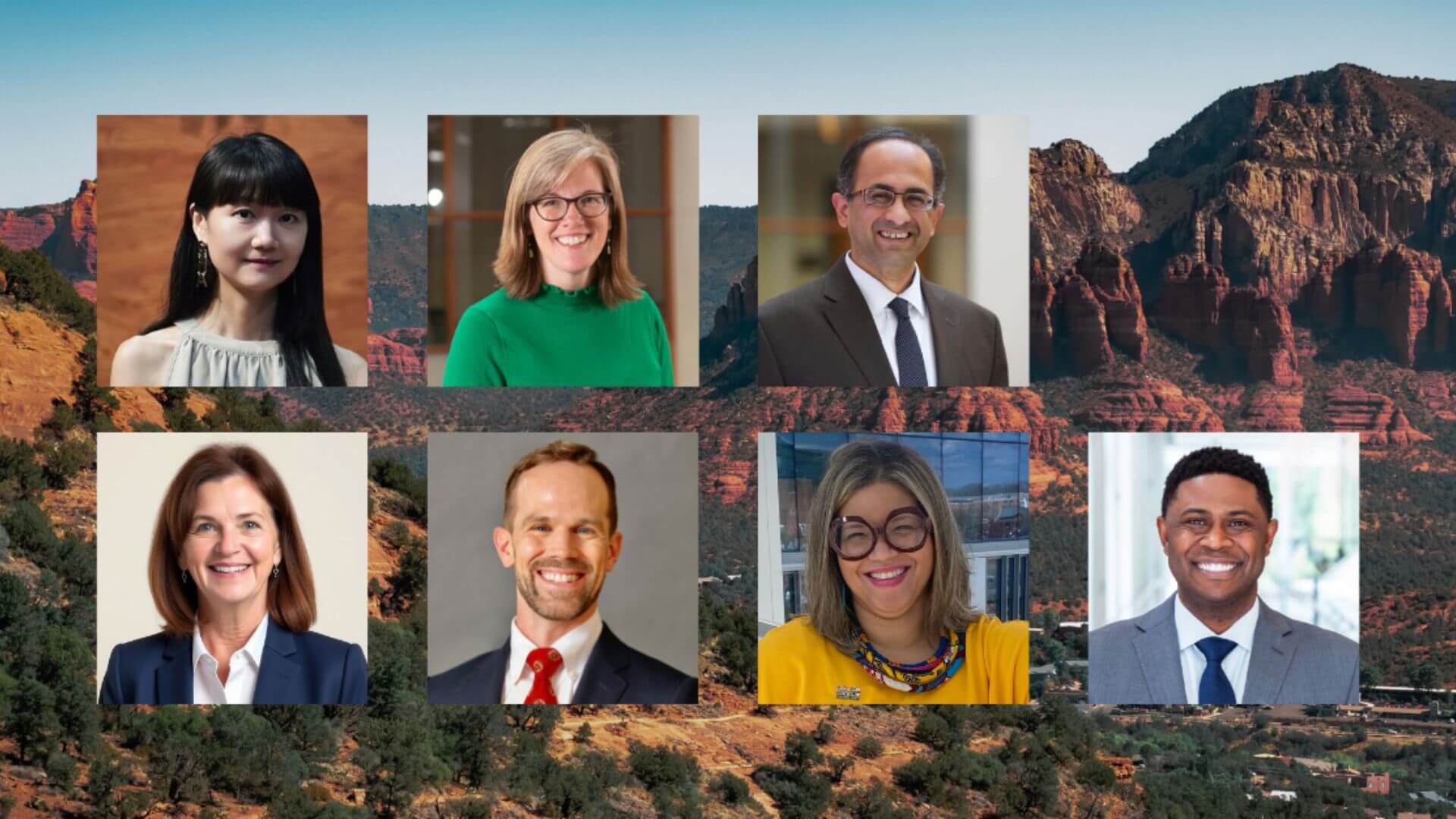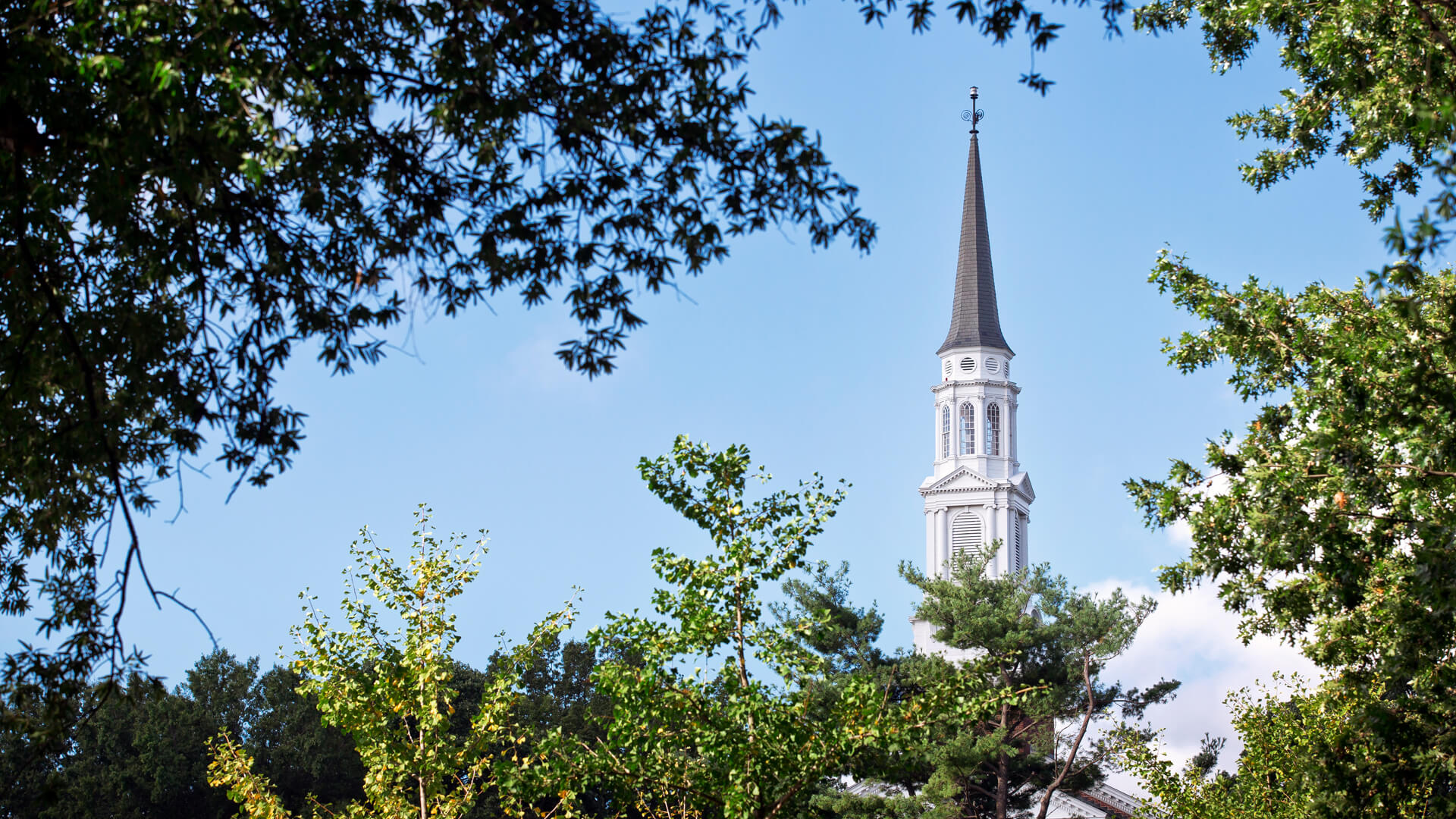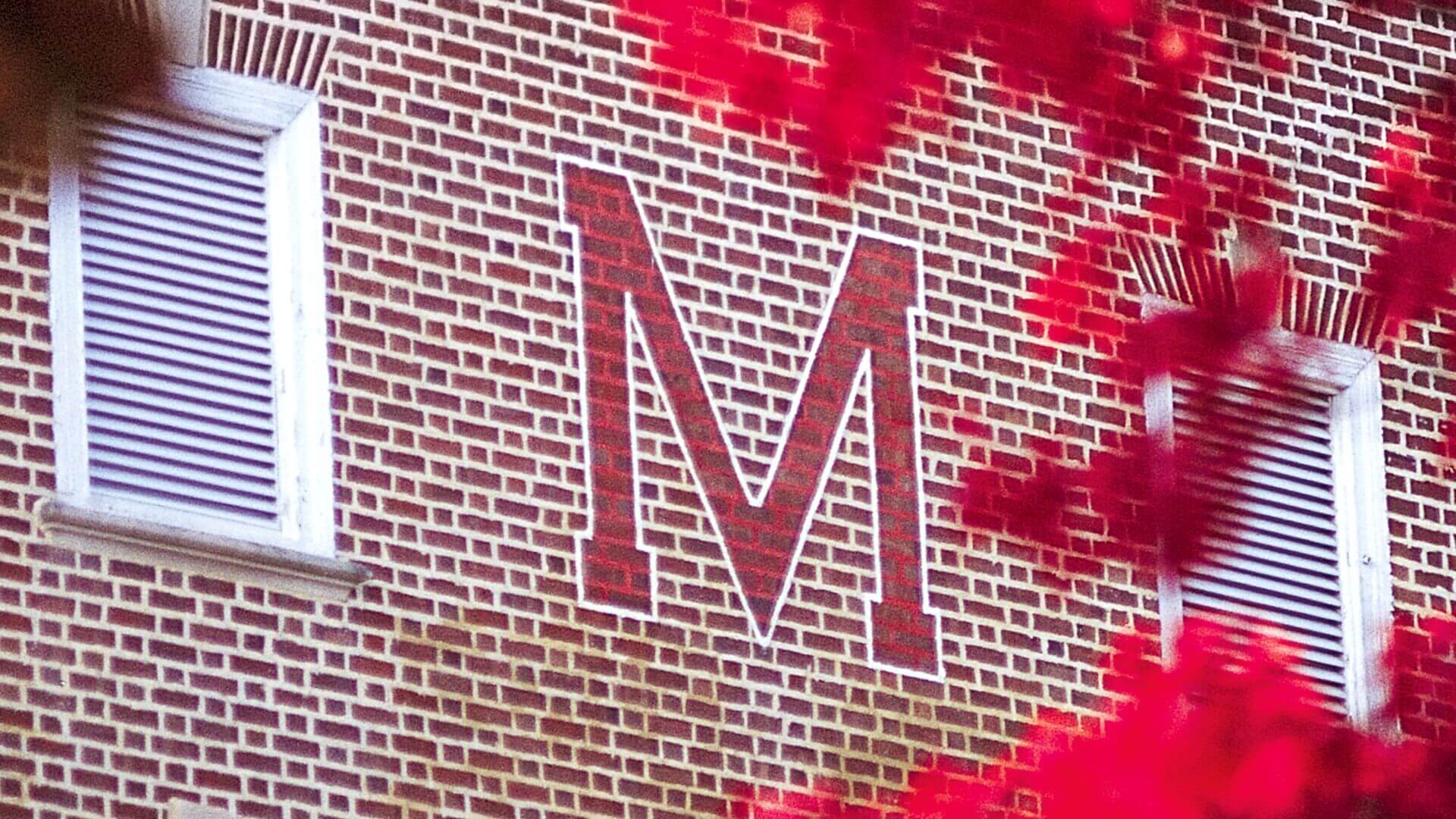
Research by the Do Good Institute, funded by the Generosity Commission, identifies micro- and macro-level factors influencing the decline, enabling nonprofits to better target appeals for help
As the season of giving approaches, it’s a time when many Americans give money and time to help others. Concerningly, as a new research report by the Do Good Institute, funded with the support of the Generosity Commission, describes, the percentage of Americans who volunteer for, and give money to, organizations has frequently declined in the recent past, and not just during the COVID-19 pandemic. The report digs deeper into the reasons for this decline: what micro-level and macro-level factors influence giving and volunteering?
The report, “Understanding Generosity: A Look at What Influences Volunteering and Giving in the United States,” cites recent data that document these recent declines in generosity. In 2021, the formal volunteer rate - the percentage of adults who do unpaid work through or for an organization - experienced its largest decline since the U.S. government began collecting data on volunteering. In 2022, for only the third time in the last forty years, the total amount donated to charity declined after adjusting for inflation.
But can these results be attributed to recent high inflation and the pandemic? Researchers say no. Rather, the leading indicators of these results were detected several years earlier: the percentage of people donating to charity has declined steadily since the early 2000s, and the formal volunteer rate decreased during the early 2010s.
“Understanding Generosity” takes a deep look at why volunteer rates and giving rates declined in America during the period 2008-2015. The explanation includes both micro-level influences (individual, family or household characteristics) and macro-level influences (state-level characteristics).
Even with these concerning trends spotted in the research, researchers say that nonprofit organizations should not despair. Nathan Dietz, research director for the Do Good Institute, and lead author of the report, noted, “Although people give funds and time for deeply personal reasons, making any single person’s decision to give hard to predict, demographic studies like this can help organizations approach potential donors and volunteers more strategically and better target their requests for support. By zeroing in on these micro-trends around individual, family and household characteristics, we can start to understand the state of generosity across the county.”
The micro-level results offer by far the most important explanation of why people give and volunteer. Some of the most prominent results include:
- Educational attainment is the single strongest predictor of volunteering. Compared to those without high school diplomas, college graduates are 19.4 percentage points more likely to volunteer, on average, controlling for all other factors.
- Meanwhile, age is the strongest predictor of giving: the giving rate increases steadily over the life cycle, and the difference in giving rates between the youngest age group (ages 16-24) and the oldest (ages 75 and over) is 34.6 percentage points, all else being equal.
- Parents - adults who are living with their own children under age 18 - are more likely to give and volunteer than non-parents. This is the only microlevel variable that has a larger effect, controlling for other factors, on volunteering (8.1 percentage points) than on giving (4.4 percentage points).
- Women are more likely to volunteer and to give than men. All else being equal, the “gender gap” during the period 2010-2015 is about 6.3 percentage points for volunteering and about 7.6 percentage points for giving.
- People who are married and living with their spouses are more likely to volunteer and give than those who have never been married. The difference is much larger for giving (15.7 percentage points) than it is for volunteering (4.5 percentage points). Compared to those who have never married, those who are divorced, separated or widowed are more likely to give, and about as likely to volunteer.
- On average, people who work part time have higher volunteer rates than people who work full time (the difference is 6.5 percentage points) but are about as likely to give. Surprisingly, controlling for other factors (especially education), those who are unemployed are also more likely to volunteer (4.6 percentage points) than people who work full time. Those who work full time are the most likely to give to charity, though.
- People who live in rural households are more likely to volunteer than those who live in cities or suburban areas, controlling for other factors, especially household income. People living in the suburbs are more likely to give than people living in cities or rural areas.
Jane Wales, co-chair of the Generosity Commission and vice president, Aspen Institute, said, “At the heart of our democracy is an engaged citizenry, willing to dedicate time and resources to solving problems. In the process these everyday givers and volunteers build social capital, advance citizen agency, and strengthen our communities’ capacity to solve problems. They are central players in the American experience. The trust they build provides the societal glue on which our unique form of self-governance relies.”
While the micro-level variables explain most of the variation in giving and volunteering, the population-wide results hold true for some subgroups, but not for others. A closer look at how giving and volunteering differs by race, national origin and educational attainment shows that the decline in volunteer rates was concentrated for people who identified solely as White and who did not identify as Latino. The decline in volunteer rates was much larger, controlling for demographic changes over time, than the actual observed decline was - but it was nonexistent among adults who identify as Black and/or Latino.
Overall, the macro-level variables (state-level characteristics) explain a statistically significant, but very small, amount of the individual variation in volunteering and giving behavior. Many of the variables influence either volunteering or giving, but not both activities. One of the exceptions to this is the poverty rate: people who live in a state with widespread poverty are more likely to volunteer and to give than people who live in states with less poverty, all else being equal.
Given that many nonprofit organizations rely heavily on volunteer work and donations from individuals, researchers expected volunteering and giving rates to be higher in states where nonprofits were more prevalent. But in reality, the prevalence of small nonprofits (those receiving less than $50,000 in revenue annually) in a state only has a significant impact on giving (with a 2.7% increase), not on volunteering. The prevalence of congregations, which are also nonprofit organizations, was associated with a significant increase in the volunteering rate, but not in the giving rate.
Surprisingly, the prevalence of large nonprofits (receiving $50,000 or more in revenue annually), was associated with a 3.3 percentage point decrease in the volunteer rate and an 8.8 percentage point decrease in the giving rate, all else being equal.
“These results demonstrate that nonprofits - both large and small - could use more training, support and funding in better activating and engaging volunteers, and also show that small nonprofits can be very attractive to potential donors - perhaps more attractive than they may realize,” said Dietz. “Not all generosity happens through nonprofit organizations, but nonprofits can maximize their impact by helping people help their communities.”
The Current Population Survey, or CPS, the U.S. government’s official survey for labor force statistics, added a special series of questions each September between 2008 and 2015 on volunteering and giving. By design, CPS samples are very large (more than 90,000 adult respondents) and geographically diverse, with a representative sample of households from every state.
This research helps us understand the critical factors that enable or inhibit everyday people to give, volunteer and engage with their communities.
The Do Good Institute, in partnership with the Generosity Commission, will soon issue a second report that explores the relationship between different types of generosity, as well as the relationship between social connectedness and generosity.
###
About the Do Good Institute
The Do Good Institute in the School of Public Policy at the University of Maryland provides hands-on learning experiences, immersive programs and events, research and supportive resources to develop the next generation of nonprofit leaders, social innovators and civic-minded changemakers. Across campus, students engage in hands-on, project-based and research-focused social impact, philanthropy, and leadership courses, giving them needed skills to make a difference, taught by a growing group of respected scholars and accomplished practitioners. The Institute and its faculty engage in civic research to better understand and share the importance of volunteering, giving, and other community-based actions. To learn more visit dogood.umd.edu.
About the Generosity Commission
The Generosity Commission is a group of leaders from across the charitable sector committed to celebrating and supporting Americans’ spirit of generosity as expressed through everyday giving, volunteering, and other forms of civic participation. Launched in October 2021, the Commission was born of a concern about the decline in the number of people in America who are giving and volunteering. Through commissioned research and conversations, the Commission will contribute to national understanding about how individual givers and volunteers are reimagining generosity in powerful and positive ways, strengthening our society and democracy in the process.
The Generosity Commission will conclude its work in 2024 with recommendations for all sectors to support and enable people to give and volunteer - in whatever way best reflects their individual passions, values, and life circumstances. Ultimately, the Commission seeks to foster a culture of individual and collective generosity in the face of the social and economic challenges our society faces today.
The Generosity Commission is an independent project of Giving USA Foundation™, whose mission is to advance research, education, and public understanding of philanthropy. To learn more visit www.thegenerositycommission.org.



